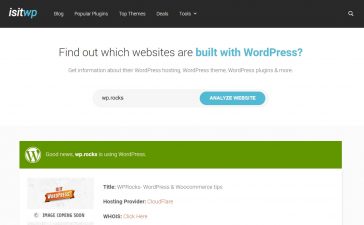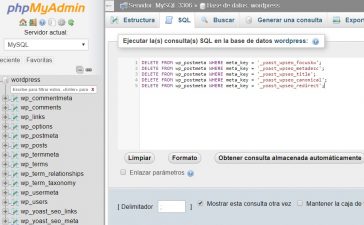We all want that any user can enjoy our website and thinks it’s well designed, that is pleasing to the eye, easy to use and generates conversions. However, many times the web design doesn’t mind all users. We don’t speak only of those who have disabilities or reduced motor skills (temporarily or permanently), but also users with little experience with technology and the internet. The inclusion can lead us to the best fulfillment of the objectives of your web page because the user can be independent in the use of the page and feel comfortable in it.
If you’re a user without disabilities or you don’t have any acquaintances or close ones that can help you explain what a web page needs to be inclusive, this list of criteria will be very useful and you will see that very strong modifications are not always required or sacrifice the design and navigation.
Including text only within the images is an error that can harm the user experience. For example, if the user is viewing your website from a small device, you will have to zoom in if you must read and it will be a bit difficult to receive the information in the most optimal way. If the text is important, do not include it only in the image. If you must do, for example, an infographic, try to make an article that explains the most important details of it and give context to the image. We care about the experience of all users, and this includes the blind. Many reading software for the disabled read the words, but could not describe, for example, an image with text.
In addition, for SEO issues, it is convenient that search engines can make a correct reading of the information and if it is all in one image, something important would be lost.
Titles and subtitles
We know that if we want all the information on the page to be read, we must give space to the “mystery”, in order to give the user a hint with the title and subtitle but not all the information. However, writing titles and subtitles that don’t say anything is a mistake. For example, in a corporate or institutional page, it’s necessary that all texts clearly state what people need to know.
If we talk about written articles (like this one), it’s important to make enough breaks, use subtitles and point-and-point to give the reader a “breathe”. Subtitles anywhere on the page should be informative as well as eye-catching or useful to the reader. Each title and subtitle serves to give the reader a schematized and ordered the idea of the information, which is excellent to be understood.
Remember that not everything can be a title or subtitle, you can also use labels, style typography or even use emojis.
Call-to-action
Make the links and buttons inside your page clear and precise so that the user knows exactly what to do.
Simplify writing
For any type of user, the schemes, the titles, and subtitles (as we mentioned before) and the quick access to the information is fundamental. In addition, the typefaces and colors of the same must be fully legible, with an appropriate size.
Forms
This is a part of the website that even the most experienced users with all the motor skills handle with some care.
Recommendations:
- Add borders to each field where users must enter their data.
- Make the order of the fields logical (always start with the name of the user, for example).
- Make sure that each field that the user must fill, have enough space between them so that one can easily differentiate one from the other.
- Avoid very small checkboxes because it can be difficult to select them.
- The send data button (subscribe, send, etc) should be visible and easy to select on any device.
















